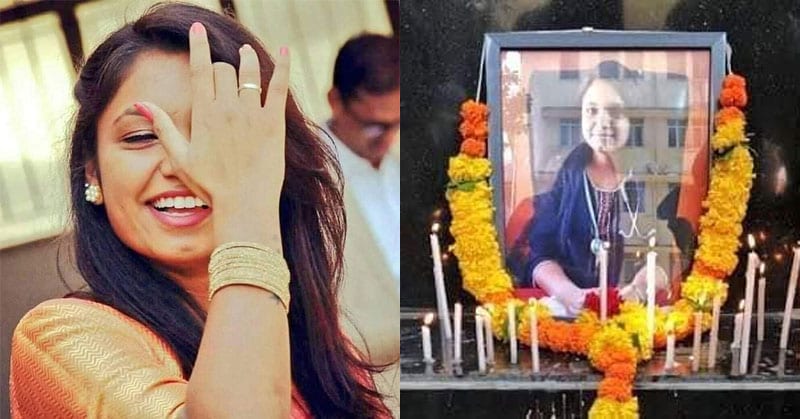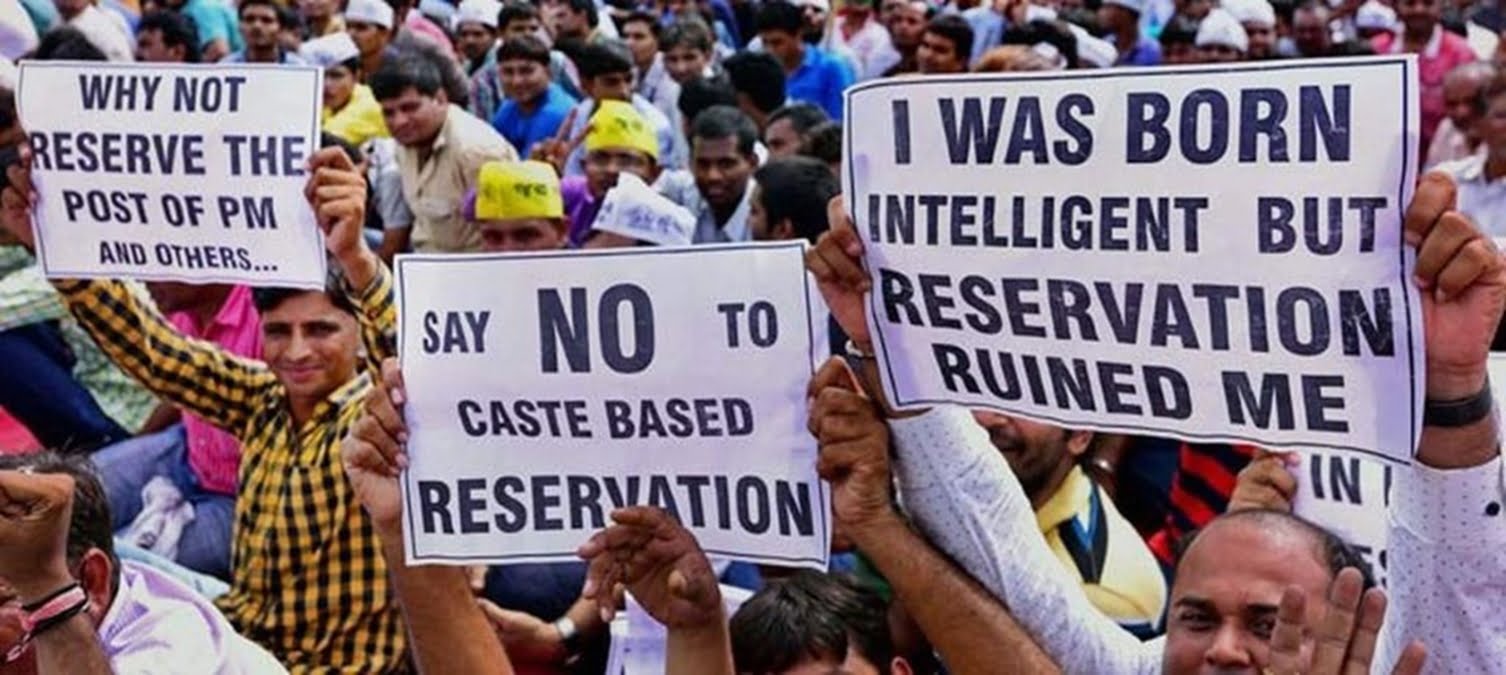Posted by Madiha Fairooz
The values of meritocracy, an ideology popularised by Western thinkers, has become quite widespread throughout the world in the modern era. This term was first coined by sociologist Michael Young in 1958 and is defined as the belief that everyone should have an equal chance at success regardless of their family background or their social class standing, as long as they have talent and work hard to earn their success. It is sensible that such a concept came to be adapted worldwide around the time that it did since meritocracy is highly associated with capitalism and egalitarianism, and capitalism has had a huge global impact during the 1900s.
Meritocracy is presumed to serve as an equaliser in our society, distributing equal opportunities for people to climb up the social ladder; however, this belief fails to account for the initial privileges some groups have over other groups that may give those privileged groups a head start towards any type of success.
Meritocracy is presumed to serve as an equaliser in our society, distributing equal opportunities for people to climb up the social ladder; however, this belief fails to account for the initial privileges some groups have over other groups that may give those privileged groups a head start towards any type of success. For instance, this belief fails to acknowledge the historical discrimination against marginalised people that continues to be maintained today through major institutions. In this way, meritocracy allows for individuals to justify social inequality by attributing marginalised people’s struggles to their personal characteristics rather than recognising the systemic flaws that work to maintain the social inequality, thereby causing an indifference towards efforts for bettering the positions of marginalised communities.
Also read: The Indian Education System’s Obsession With Merit & Status Quo
Instances of meritocracy’s failure to acknowledge social inequalities based on systemic flaws can be seen quite prevalently in higher education in India, in which students from Scheduled Tribes (ST), Scheduled Castes (SC), and Other Backward Classes (OBC) often face discrimination from their peers and from university staff members due to being stigmatized as “reservation students.” The reservation policy in India calls for reserving a certain number of seats for ST, SC, and OBC groups in public institutions, such as in higher education, in order to help integrate marginalised groups in spaces where they are highly underrepresented. This policy gives marginalised people an opportunity to seek higher education and better jobs, whereas before this policy they wouldn’t be considered for such esteemed positions.
Although marginalised students have to be just as equally qualified as their considerably more privileged counterparts to be admitted into universities, many people misrepresent the reservation system claiming that it gives seats to “undeserving” students merely based on their lower status while taking away seats from “deserving”, meritorious students. This is a clear example of how meritocracy ignores the systemic discrimination that has been imposed upon marginalised groups for centuries, as portrayed by privileged groups falsely believing that the reservation policy randomly admits oppressed caste students into higher institutions regardless of their efforts. They do this, rather than recognising that the policy actually attempts to remove the barriers lower-caste members have faced historically towards getting equal opportunities to succeed just as the privileged caste members.

The consequences of such meritocratic beliefs in higher education in India has gone so far as to enable students and staff to harass ST, SC, and OBC students to the point that these marginalised students suffer psychologically, sometimes resulting in the untimely deaths of these students, such as the institutional murders of Dr. Payal Tadvi and Rohith Vemula. Despite Dr. Payal Tadvi, Rohith Vemula, and other marginalised students like them having to work hard to gain entry into esteemed spaces, their achievements are merely attributed to the reservation system requiring institutions to fill their quotas.
Also read: Merit In The Time Of Nationalism: Why University Protests Matter

The real key to achieving an equal society does not come from meritocracy but rather equity, to vigorously ensuring underprivileged groups in getting access to resources that privileged groups have always had access to, in order to actually create an equal playing field for all groups to have a chance at social and economic success.
It’s important that people start recognising the shortcomings of the meritocratic ideology because as much as it seems to be appear egalitarian, it fails to acknowledge that not everyone has an equal standing in a given society, and that government intervention is necessary in helping marginalised communities receive equal opportunities that more privileged groups already have. The real key to achieving an equal society does not come from meritocracy but rather equity, to vigorously ensuring underprivileged groups in getting access to resources that privileged groups have always had access to, in order to actually create an equal playing field for all groups to have a chance at social and economic success.
References
Batruch, A., Autin, F., & Butera, F. (2019). The paradoxical role of meritocratic selection in the perpetuation of social inequalities at school. The Social Psychology of Inequality, 123-137. https://doi.org/10.1007/978-3-030-28856-3_8
Farooq, O. (2016, January 19). Rohith Vemula: the student who died for Dalit rights. BBC News. https://www.bbc.com/news/world-asia-india-35349790
Jangir, S. K. (2013). Reservation policy and Indian constitution in India. American International Journal of Research in Humanities, Arts, and Social Sciences, 3(1), 126-128. https://d1wqtxts1xzle7.cloudfront.net/31991672/AIJRHASS13-225-with-cover-page-v2.pdf?Expires=1627365264&Signature=UdgfTEexmAaVlNCpxEFia1l~fTMvUuBYPAnA-IYNh2p~McRFkdAbCruDuzYOFhudYMBF4rojC7ZARuXdCRZl7fJig0HuQ22pOdV~bpeeruWR3luNbBwvuBTIZAwC4PhTKq9MIeJeB8Q7rZwlL5~gtYuB0JgzyyzX3PzLDfsc1BNBvNGBRLJqB3iPzBQq7Y2yZJJ8Uq8eT9llzsAY4RJ4SRHHuj-eF7N2g~e1KdxlBQ8qwSuTF6EU–k0R0fe~OWTKu70ceMNtwHpOF~higrN2ktBa2BfKnrCx~nnYWpMm8GLn1aFgQjCXN1qt6tAnmz0ZDX3-qlBYD593u7JEqWB2Q__&Key-Pair-Id=APKAJLOHF5GGSLRBV4ZA
Kim, C.H., & Choi, Y. B. (2017). How meritocracy is defined today?: contemporary aspects of meritocracy. Economics and Sociology, 10(1), 112-121. https://doi.org/10.14254/2071-789X.2017/10-⅛
Madeira, A. F., Costa-Lopes, R., Dovidio, J. F., Freitas, G., & Mascarenhas, M. F. (2019). Primes and consequences: a systematic review of meritocracy in intergroup relations. Frontiers in Psychology, 10. https://doi.org/10.3389/fpsyg.2019.02007
Mijs, J. J. B. (2015). The unfulfillable promise of meritocracy: three lessons and their implications for justice in education. Social Justice Research, 29(1), 14-34. https://doi.org/10.1007/s11211-014-0228-0
Pathania, G. J., & Tierney, W. G. An ethnography of caste and class at an Indian university: creating capital. Tertiary Education and Management, 1-11. https://doi.org/10.1080/13583883.2018.1439998
Satheesh, S. (2019, June 7). Payal Tadvi suicide case: the death of a doctor. Mint. https://www.livemint.com/mint-lounge/features/payal-tadvi-suicide-case-the-death-of-a-doctor-1559891147950.html
Vemireddy, N. (2019, July 13). The price of India’s caste system: the case of Rohit Vemula. American Indian Foundation. https://aif.org/the-price-of-indias-caste-system-the-case-of-rohit-vemula/
Madiha is an intersectional feminist who wants to write to spread awareness of marginalised issues.
Featured image source: TheWire.in




